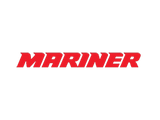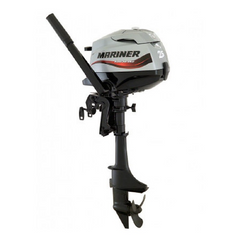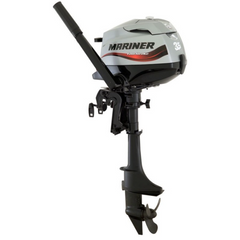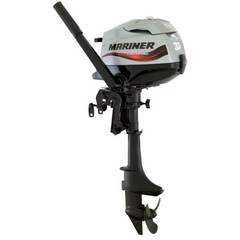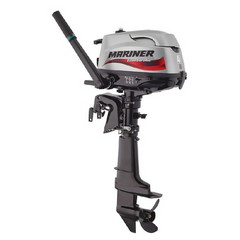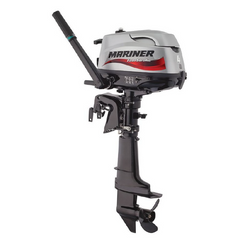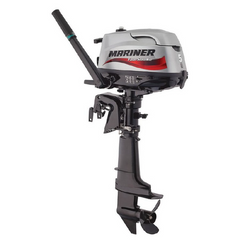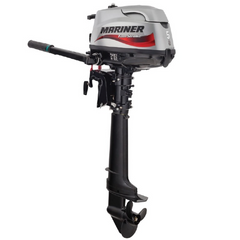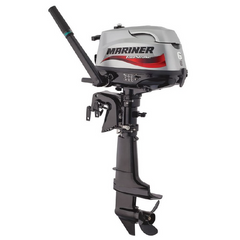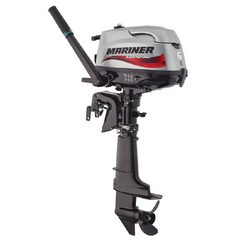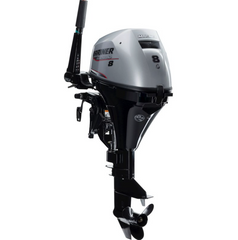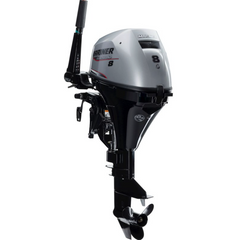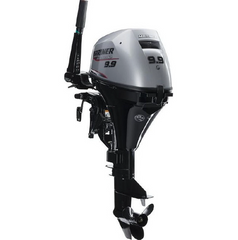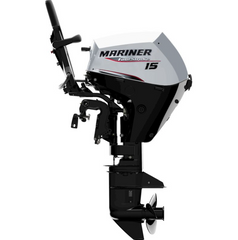|
Количество
|
Стоимость
|
||
|
|
|||
Competition in the outboard market was tough in the early 1970s, and Mercury Marine found itself at a slight disadvantage.
Rival engine builder Outboard Marine Corporation (OMC) sold two outboard brands, Johnson and Evinrude. While Mercury enjoyed equal market share in the category, it was thought that a second outboard line could boost Mercury Marine’s distribution, both in the U.S. and internationally.
The new Mercury engine brand was named “Mariner” to invoke a reliable, durable outboard that would appeal to a different customer than the fast, high-performance image of the Mercury brand.
Introduced in Australia in 1974 and two years later in the U.S. and Europe, Mariner instantly doubled the distribution potential for Mercury Marine. The new outboard brand established a foothold in Europe, thanks in part to a decision by OMC to sell direct to dealers, eliminating the loyal, long-term distributors.
Mariner was originally built under a joint venture with Yamaha, which was ended by the Federal Trade Commission’s ruling that the agreement hindered competition. By the early ’80s, Mariner and Mercury were becoming more similar than different. When electronic fuel injection was introduced in 1986, the transition was complete; the two outboards were mechanically the same.
In the mid 1990s, the future viability of a second outboard brand was debated. While the distribution issue lessened as more boats and motors were sold as a package by U.S. boat builders, Mariner enjoyed a far larger market share internationally than at home. Still, the perception remained that OMC would enjoy a “two-to-one advantage” with its dual outboard brands.
However, the economies of scale did not bode well for a two-brand strategy. With less risk of losing U.S. sales through a larger number of committed boat builders, the savings in manufacturing and marketing costs for a single outboard brand would be significant.
In 1999, the decision was reached to end Mariner sales in the U.S. but to continue distribution internationally in markets where it remains popular.
In the U.S., loyal Mariner owners were downhearted. Even though Mercury and Mariner had been the same product — except for paint and decals — for more than a decade, the faithful never accepted the reality, expressing a wish for the return of Mariner in the U.S.


















